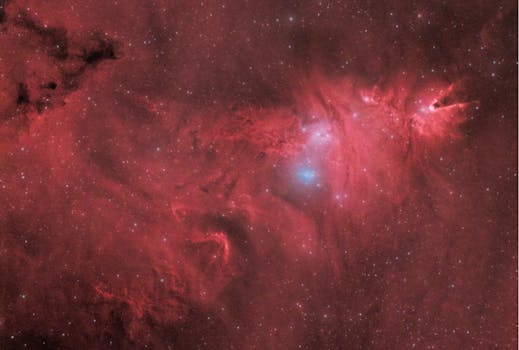
“
Introduction to Beyond the Milky Way: Imagining New Worlds and Possibilities
Beyond the Milky Way: Imagining New Worlds and Possibilities, as we gaze up at the night sky, we are reminded of the vast expanse of the universe and the countless mysteries that lie beyond our galaxy, the Milky Way. For centuries, humans have been fascinated by the stars and the potential for life beyond our planet. As we continue to explore and understand the universe, we are constantly reminded of the infinite possibilities that exist beyond our cosmic backyard.
Understanding the Milky Way
Before we can begin to imagine new worlds and possibilities, it’s essential to understand our home galaxy, the Milky Way. The Milky Way is a barred spiral galaxy, consisting of hundreds of billions of stars, gas, and dust. It’s estimated to be around 100,000 light-years in diameter and is thought to contain between 200-400 billion stars. Our solar system is located in one of the outer spiral arms of the galaxy, about 27,000 light-years from the center.
Exploring the Universe Beyond the Milky Way
As we venture beyond the Milky Way, we enter a vast expanse of intergalactic space, filled with other galaxies, galaxy clusters, and superclusters. The universe is estimated to contain over 100 billion galaxies, each with its own unique characteristics and features. Some of the most notable galaxies beyond the Milky Way include the Andromeda Galaxy, the Triangulum Galaxy, and the Sombrero Galaxy.
Galaxy Clusters and Superclusters
Galaxies are not isolated islands in the universe; instead, they are often grouped together in clusters and superclusters. These large-scale structures are held together by gravity and can contain thousands of galaxies. The Milky Way is part of the Local Group, a small galaxy cluster that includes the Andromeda Galaxy and several smaller galaxies. The Local Group is, in turn, part of the Laniakea Supercluster, a massive network of galaxy clusters that stretches over 500 million light-years across.
Imagining New Worlds and Possibilities
As we explore the universe beyond the Milky Way, we begin to imagine new worlds and possibilities. The discovery of exoplanets, which are planets that orbit stars other than the Sun, has revealed that planets are common in the universe. Some of these exoplanets are similar in size and composition to Earth, raising the possibility of life existing beyond our planet. For more insights on this, check out From Stardust to Dreams: Imagining Life Beyond the Stars.
The Search for Life Beyond Earth
The search for life beyond Earth is an active area of research, with scientists using a variety of methods to search for biosignatures, such as the presence of oxygen or methane in a planet’s atmosphere. While we have not yet found definitive evidence of extraterrestrial life, the possibility of life existing elsewhere in the universe is considered to be quite high. This topic is beautifully explored in Soaring Through the Cosmos: The Power of Imagination Beyond the Stars.
Takeaways
- The universe is vast and complex, with billions of galaxies and countless possibilities for life.
- The Milky Way is just one of many galaxies in the universe, and our solar system is just one of many planetary systems.
- The search for life beyond Earth is an active area of research, with scientists using a variety of methods to search for biosignatures.
- The possibility of life existing elsewhere in the universe is considered to be quite high, with many scientists believing that the discovery of extraterrestrial life is inevitable.






